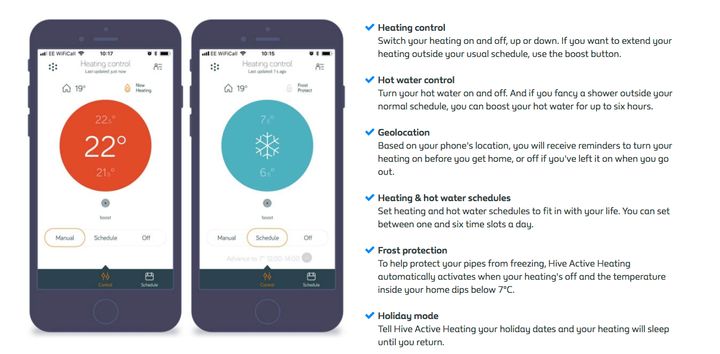At 8.30pm on Saturday (24 March), lights will be switched off for one hour around the world to mark Earth Hour, the world’s largest event to protect the planet. The period of darkness is designed to raise awareness of the environmental challenges we face and what we can do to tackle them.
Last year, more than nine million people took part in the UK alone, with iconic landmarks including Big Ben and the Palace of Westminster, Buckingham Palace, Blackpool Tower, The Kelpies, Brighton Pier, Cardiff Castle and more switching off their lights for the event, which is run by the World Wide Fund for Nature (WWF).
While turning off your lights for an hour is a great way to show support for sustainable living, cutting down your electricity usage year-round could really limit the impacts of climate change, says Gareth Redmond-King, head of climate and energy at WWF.
“Our planet is at breaking point, we’re living beyond our means and doing huge damage to the nature and wildlife who rely on the Earth for their survival too,” he tells HuffPost UK. “The UK has done a huge amount to clean up our electricity - around a third now comes from renewables. But power and energy we use in our homes and businesses still rely on fossil fuels and so we’re pumping more and more C02 into the atmosphere.”
The theme of this year’s Earth Hour is #PromiseForThePlanet, encouraging members of the public to make a pledge to take one step in their lives to reduce their environmental footprint. Why not make your pledge a promise to cut your electricity usage beyond Earth Hour, by following one - or all - of the tips below?

1. Turn your washing down to 30°C
According to Redmond-King, making this change could save 57% of energy use in laundry and help reduce your carbon footprint. “We’re the first generation to experience the effects of climate change, and we may well be the last to be able to change it. This small action could make a big difference,” he says.
2. Use energy saving lightbulbs
Lighting accounts for around 20% of a household’s energy bill and changing your bulbs could instantly save you money, says Redmond-King. “Replacing an old-style bulb with an energy efficient one will save £45 over the lifetime of the bulb, while changing all of your halogen lights for LEDs could save £40 per year,” he adds.
We’ve all heard the old trick ‘turn off a light whenever you leave a room’ to cut energy, but it’s easy to forget. To help, the low-energy TRÅDFRI bulbs available at IKEA can either be installed with a motion sensor, or controlled via a wifi enabled app, meaning you can double check your lights are switched off while you’re out and about via your smartphone.

3. Check your boiler
According to Redmond-King, you should get your boiler serviced regularly to make sure it runs efficiently and replace old gas boilers with more efficient condensing ones.
“If you currently heat with oil, LPG or electricity, you could make a big dent in your heating costs and carbon emissions by installing a heat pump,” he says
4. Make your home smart
The introduction of smart apps that allow you to control plugs sockets remotely have made it easier than ever to ensure all your appliances are switched off. Simply sinc the socket to your phone and if you want to double check you’ve unplugged a device at home, log in and switch it off.
Hive Active Heating by British Gas works in a similar way but for your radiators and hot water. The Hive app lets you change the temperature of your home in just a few taps via your smartphone, laptop or tablet. It means you can put your heating on when you’re on your way home for the day, instead of using a timer that’ll heat the home regardless of whether anyone is in or not.

5. Insulate your home
While apps like Hive allow you to control your heating, insulating your home properly will stop it feeling so cold in the first place, says Redmond-King.
“Fur keeps animals warm by trapping heat inside. Insulation works just the same, making sure heat doesn’t leak out through the roof, walls and floor of your home,” he explains. “Sadly, the ‘skin’ of many of our homes isn’t quite up to the job: they could do with an extra layer or two. Add extra layers of insulation to your loft, walls and floors. This could save you money on heating too.”